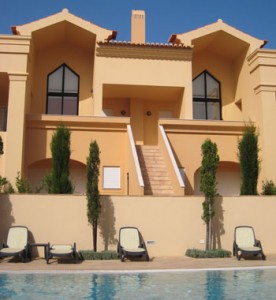In the second installment in this series I’ll examine another means of investing in overseas property – investing for Capital Gain.
Investing for capital gain has become a popular euphemism in the overseas property industry since property prices started going berserk. It really means ‘property prices are so high you won’t be able to pay your loans with rental so you’ll have to depend on capital growth instead’. Basically, it’s not a very sound investment mantra. If a property investment won’t pay down its loans over a period of time, having allowed for expenses and taxes, then either the property is too expensive or the rent is too low to justify it as an investment prospect. It’s a pretty simple calculation. If you can’t get the property cheaper or there is no scope to raise the rent then it is not a very good investment.
We should remember that rental income can be accurately calculated, presuming the property is rentable, and there is demand in the area. It can generally be relied upon within reason, apart from voids. Capital gain, as recent events have underlined, is not a given. It can vary wildly depending on what market conditions are currently in train and is almost impossible to predict. Relying on it is a very dangerous investment principle unless you’re prepared to remain in the investment for a long time.





